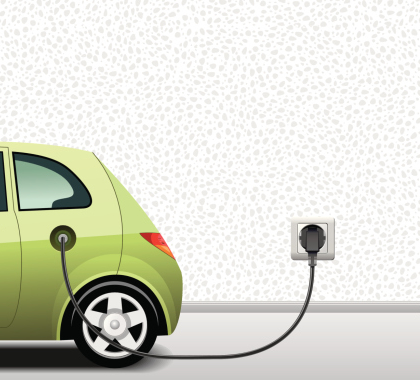In testimony before the Senate Committee on the Environment and Public Works, Scott Pruitt, administrator of the Environmental Protection Agency (EPA) said the agency was reexamining California’s waiver to impose stricter vehicle emission standards under the 1970 Clean Air Act (CAA) than federal requirements.
“Federalism doesn’t mean that one state can dictate to the rest of the country,” Scott Pruitt, testified Pruitt on January 30, 2018.
Under CAA EPA sets national standards for vehicle tailpipe emissions of certain pollutants. However, CAA allows EPA to grant states waivers to impose stricter standards than federal law and for nearly 50 years it has allowed California to do so.
EPA also allowed 13 other states and the District of Columbia adopt California’s standards, meaning they apply to one-third of the domestic market for automobiles.
Harmonize Federal, State Standards
The California Air Resources Board (CARB) sets the state’s standards, which are more stringent than federal standards, and require different testing and compliance schedules. Automobile, truck and heavy equipment manufacturers have longed complained about the expense of meeting separate state and federal standards.
Manufacturers say the conflicting standards require them to design and build different versions of the same vehicles, raising prices for consumers nationwide.
At the Senate hearing, Pruitt said the EPA will work with CARB to harmonize state and federal standards.
“One national program is essential,” testified Pruitt.
If the EPA ends the waivers, litigation will likely follow.
Three days after Pruitt’s testimony CARB Chair Mary Nichols, speaking at a Bloomberg New Energy Finance conference, reportedly said, “I think there would be a war with many states lining up with California.”
California law requires the state to cut human-caused CO2 emissions to 40 percent below 1990 levels by 2030.
Greenhouse Gas Emissions Standards
EPA and CARB regulate emissions of six “criteria” pollutants, carbon monoxide, lead, ground-level ozone, nitrogen dioxide, particulate matter, and sulfur dioxide.
A 2007 decision by the U.S. Supreme Court required the EPA to regulate carbon dioxide if the agency found the emissions endangered public health or welfare. EPA made such a finding in 2009, and in 2012 issued the 2022-25 emissions requirements, including greenhouse gas regulations agreed to by the Obama Administration, manufacturers, and CARB.
EPA is conducting a mid-term review of the economic and technological feasibility of the 2022-25 standards. The review was begun under the Obama administration, but never published in the Federal Register, allowing the Trump administration to reopen the review. The Auto Alliance, representing 12 major manufacturers, claimed the Obama administration cut short its evaluation, and requested the Trump administration to reopen the process in February 2017.
In addition to emissions, the federal government, and CARB, regulate the overall efficiency of vehicles sold by each manufacturer, called Corporate Average Fuel Economy (CAFÉ). At the federal level, the National Highway Traffic Administration sets CAFÉ standards, while the EPA sets emissions standards.
The 2022-25 emissions and fuel economy standards under review would require expensive technology, yet to be introduced, that would raise the average fuel economy of vehicles to 54.5 miles per gallon. The EPA estimated the cost to comply at $200 billion from 2012 to 2025, a figure the automotive industry says is much too low.
The NTSA is expected to issue its determination regarding CAFÉ standards by March 30, and the EPA plans to issue its determination on emissions standards by April 1.
Joe Barnett ([email protected]) writes from Dallas, Texas.





